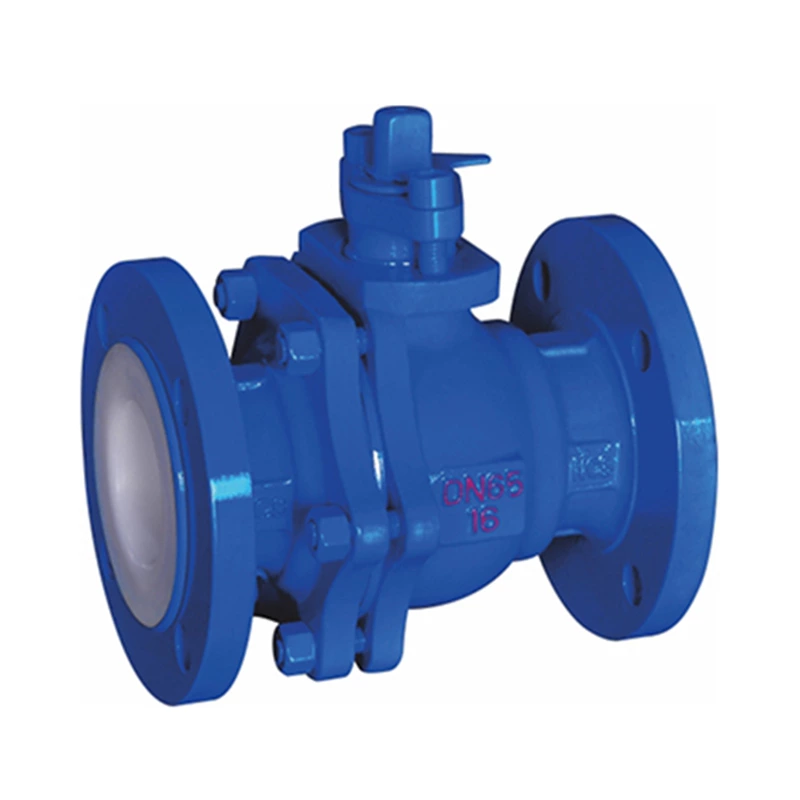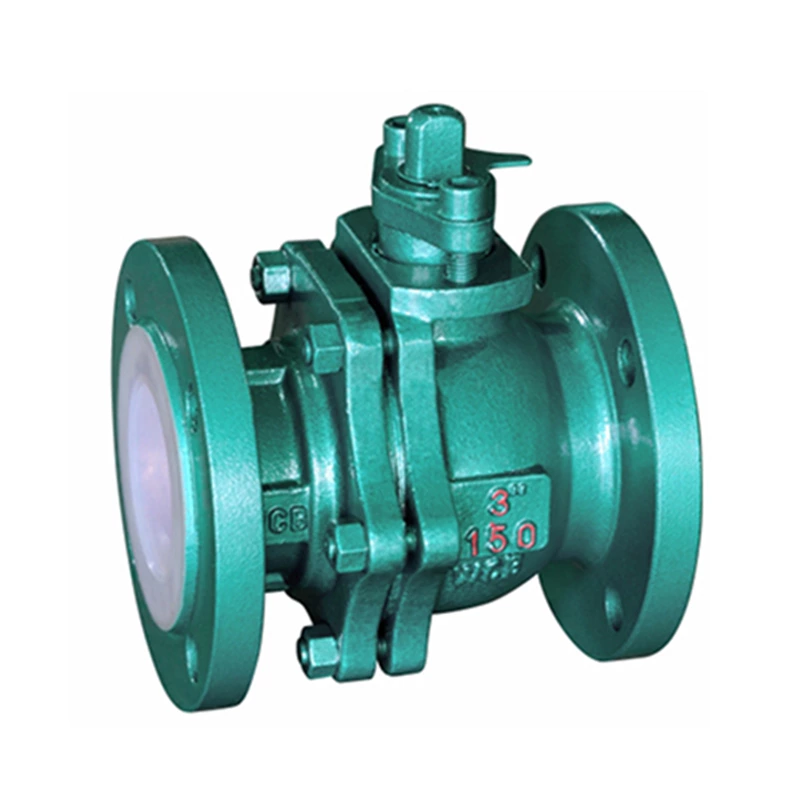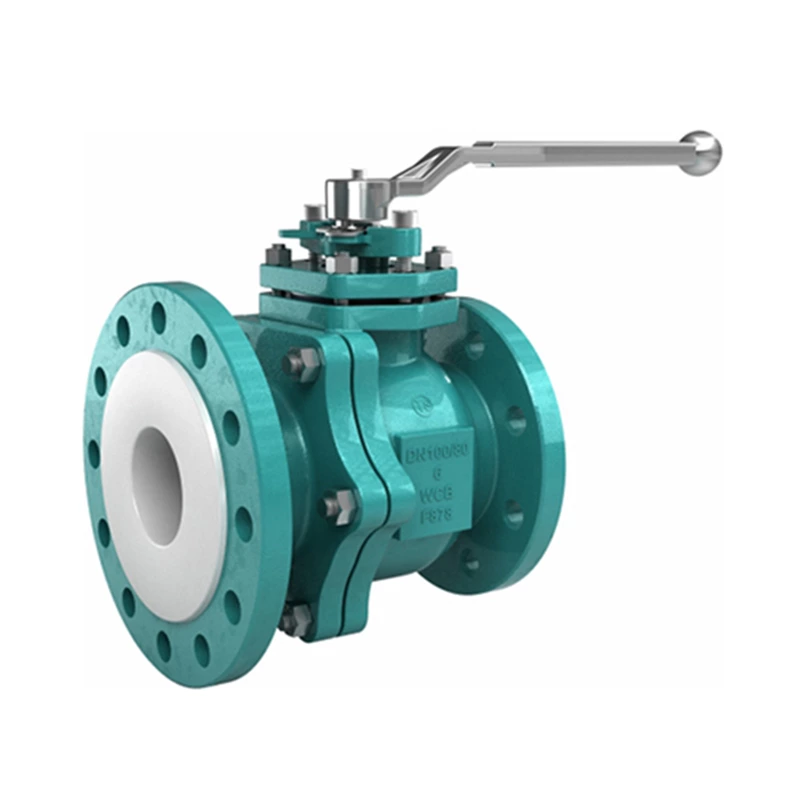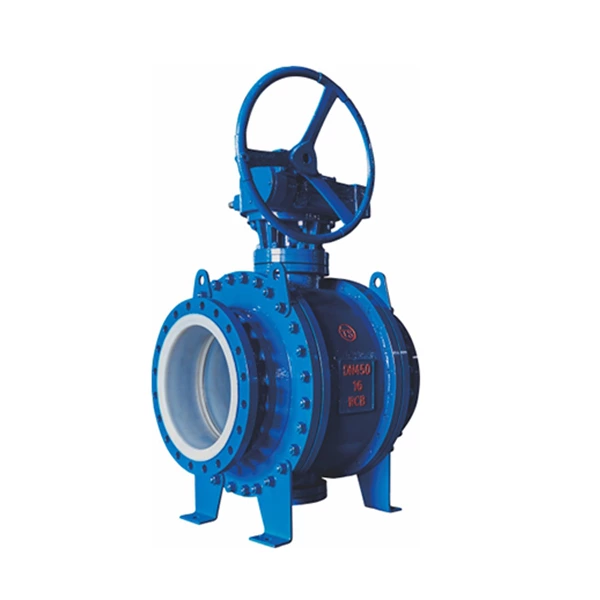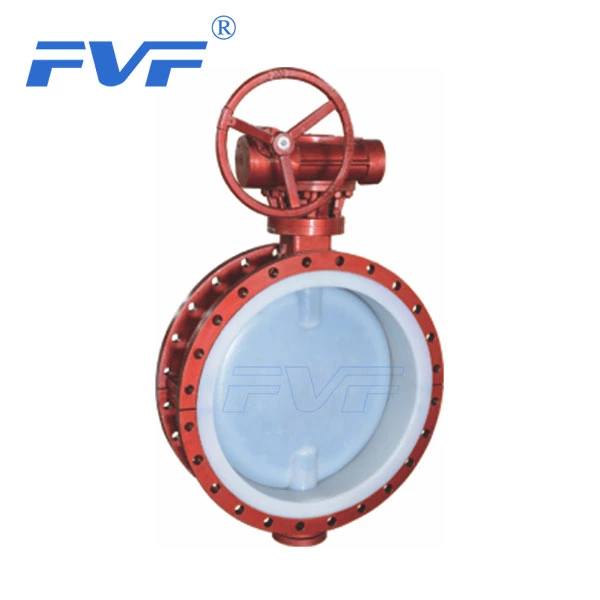Fluorine-lined Valve Classification, Purpose And Use Introduction
Lined Valve, also known as fluoroplastic lined corrosion-resistant valve, is a valve that uses a molding (or inlaying) method to place polytetrafluoroethylene resin (or processed profiles) on the inner wall of a steel or iron valve pressure-bearing part (the same method is applicable to the lining of various pressure vessels and pipeline accessories) or the outer surface of the valve internals, and uses its unique performance in resisting strong corrosive media to make various valves and pressure vessels.
Classification of fluorine-lined valves
Fluorine-lined valves are divided into pipe clamp valves, lined diaphragm valves, lined pneumatic butterfly valves, lined ball valves, lined check valves, lined fluorine stop valves, lined plug valves, lined wedge gate valves, diaphragm valves, butterfly valves, ball valves, swing type, ball core check valves, pneumatic lined rubber, lined fluorine plastic diaphragm valves (normally closed), DC lined rubber diaphragm valves, packing type adjustable lined fluorine plastic butterfly valves, lined fluorine plastic stop valves, etc.
Purpose and Use of Fluorine-lined Valves
With the rapid development of modern industry, fluorine-lined valves and their various pipeline accessories have been rapidly applied and promoted in various fields such as petroleum, printing and dyeing, and chemical industry, showing strong vitality. As a project in the project, it has attracted great attention and favor from various engineering design units and construction units. It is a promising product with market potential. Fluorine-lined valves have the dual functions of switching and flow regulation. They can conveniently open and close the gas circuit without affecting the flow, ensuring the repeatability of the flow. Slow opening reduces the impact of instantaneous pipeline pressure on the instrument. It is equivalent to adding a damper, which greatly extends the service life of the fluorine-lined valve. Fluorine-lined valves are used to control corrosive or highly corrosive media. The inner surface of the valve body is covered with various fluoroplastics that can be selected. It is suitable for different working temperatures and fluid pipelines, and has the characteristics of high strength and good corrosion resistance. Fluorine-lined valves are relatively expensive, and the working environment they are in is harsh. They are either toxic and harmful chemicals or highly corrosive alkalis or organic solvents. Improper use will result in significant economic losses and serious consequences. Correct use and maintenance of valves can extend the service life of fluorine-lined valves, prevent all kinds of accidents, and ensure the normal operation of pipelines. Therefore, the following points must be noted during use:
1. Read the product manual carefully before use.
2. Use within the range of pressure, temperature, and medium specified on the nameplate or in the manual.
3. Prevent fluorine-lined valves from generating excessive pipeline stress due to temperature changes during use, minimize temperature changes, and add U-shaped expansion joints before and after the valve.
4. It is forbidden to use levers to open and close fluorine-lined valves. Pay attention to the opening and closing indication position and limit device of fluorine-lined valves. After opening and closing, do not force closing to avoid premature damage to the fluorine plastic sealing surface.
5. For some unstable and easy-to-decompose media (such as the decomposition of some media will cause volume expansion and abnormal increase in working pressure), which will cause valve damage or leakage, measures should be taken to eliminate or limit the factors that cause the decomposition of unstable media. When selecting valves, the changes in working conditions that may be caused by unstable and easy-to-decompose media should be considered and fluorine-lined valves with automatic pressure relief devices should be selected.
6. For fluorine-lined valves on pipelines with toxic, flammable, explosive, and highly corrosive media, it is strictly forbidden to replace the packing under pressure. Although fluorine-lined valves are designed with sealing functions, it is not recommended to replace the packing under pressure.
7. For pipelines with self-ignitable media, measures should be taken to ensure that the ambient temperature and operating temperature do not exceed the self-ignition point of the medium to prevent dangers caused by sunlight or external fire. 8. For severe and long-term vibration of the pipeline, measures should be taken to eliminate it to avoid damage to the fluorine plastic lined valve.
9. During the use of fluorine-lined valves, the fluorine plastic sealing surface is often damaged by medium crystallization and solid particles due to its soft texture, resulting in sealing leakage. After discovery, repair or replace the seal in time.
10. Some fluorine-lined valves are partially opened during use to adjust the flow rate. High-speed media causes premature damage to the sealing surface. In this case, replace the seal in time.
11. Gaskets are generally not added to the flange of fluorine-lined valves. If leakage occurs at the middle flange, tighten the middle flange nut evenly to eliminate leakage. If the sealing surface of the middle flange is damaged, repair the sealing surface and add a middle flange gasket to solve the problem.
12. If the handle or handwheel is not flexible or cannot open and close the fluorine-lined valve, loosen the gland nut appropriately. The rotation is still not flexible. It may be that the gland is skewed, and the gland needs to be adjusted. After adjustment and loosening the gland, the fluorine-lined valve cannot be opened and closed flexibly. It should be disassembled for inspection, dirt should be removed, and faults should be eliminated. When disassembling this type of fluorine-lined valve, pay attention to what medium is in the fluorine-lined valve pipeline, whether it is used or newly installed. If the medium used is toxic, flammable, or explosive, the staff should wear protective masks and rubber gloves, wear * and work in accordance with the operating procedures. Avoid accidents during disassembly and prevent accidents.
Fluorine-lined valves are lined with lining technology for all places within the valve body that can be reached by the medium. The lining materials are generally fluoroplastics such as FEP (F46) and PCTFE (F3). They can be used in pipelines with various concentrations of sulfuric acid, hydrochloric acid, fluoric acid, aqua regia and various organic acids, rotor pump strong acids, strong oxidants and other corrosive media. However, fluorine-lined valves are greatly limited by temperature (only suitable for media between -50℃ and 150℃). Valves that can be made of fluoroplastic lined valves include: fluorine-lined butterfly valves, fluorine-lined ball valves, fluorine-lined stop valves, fluorine-lined diaphragm valves, fluorine-lined gate valves, fluorine-lined plug valves, etc.
